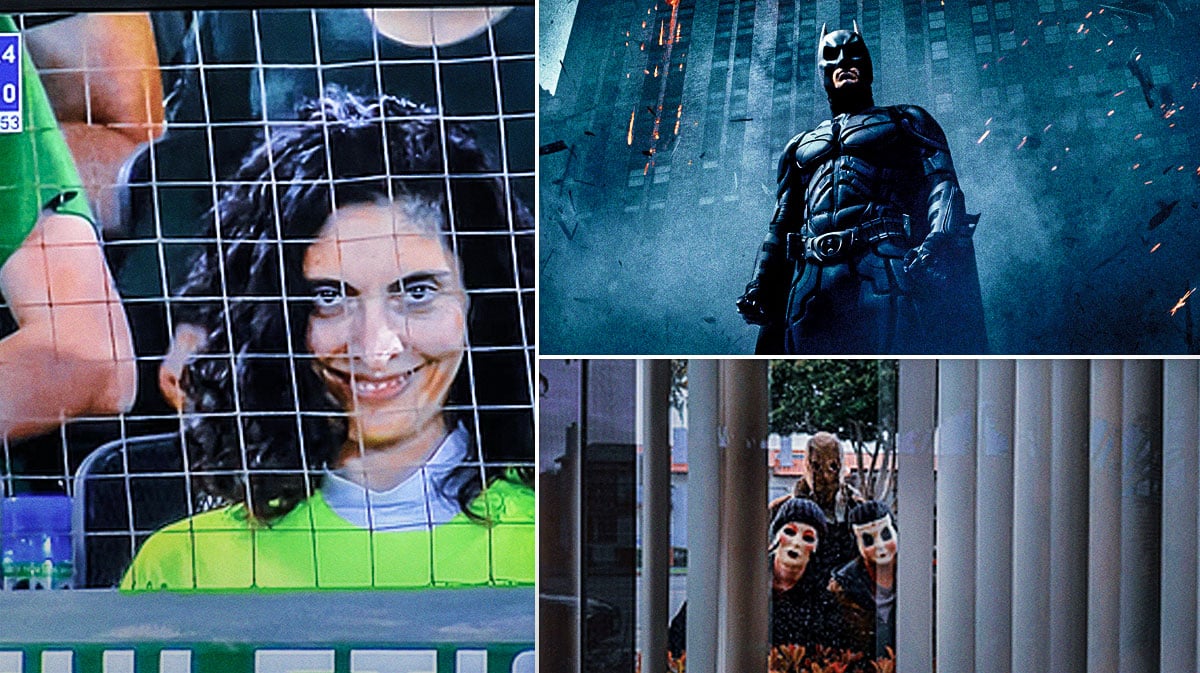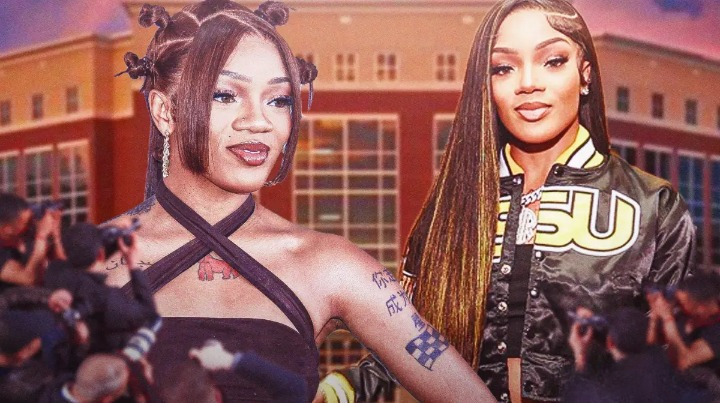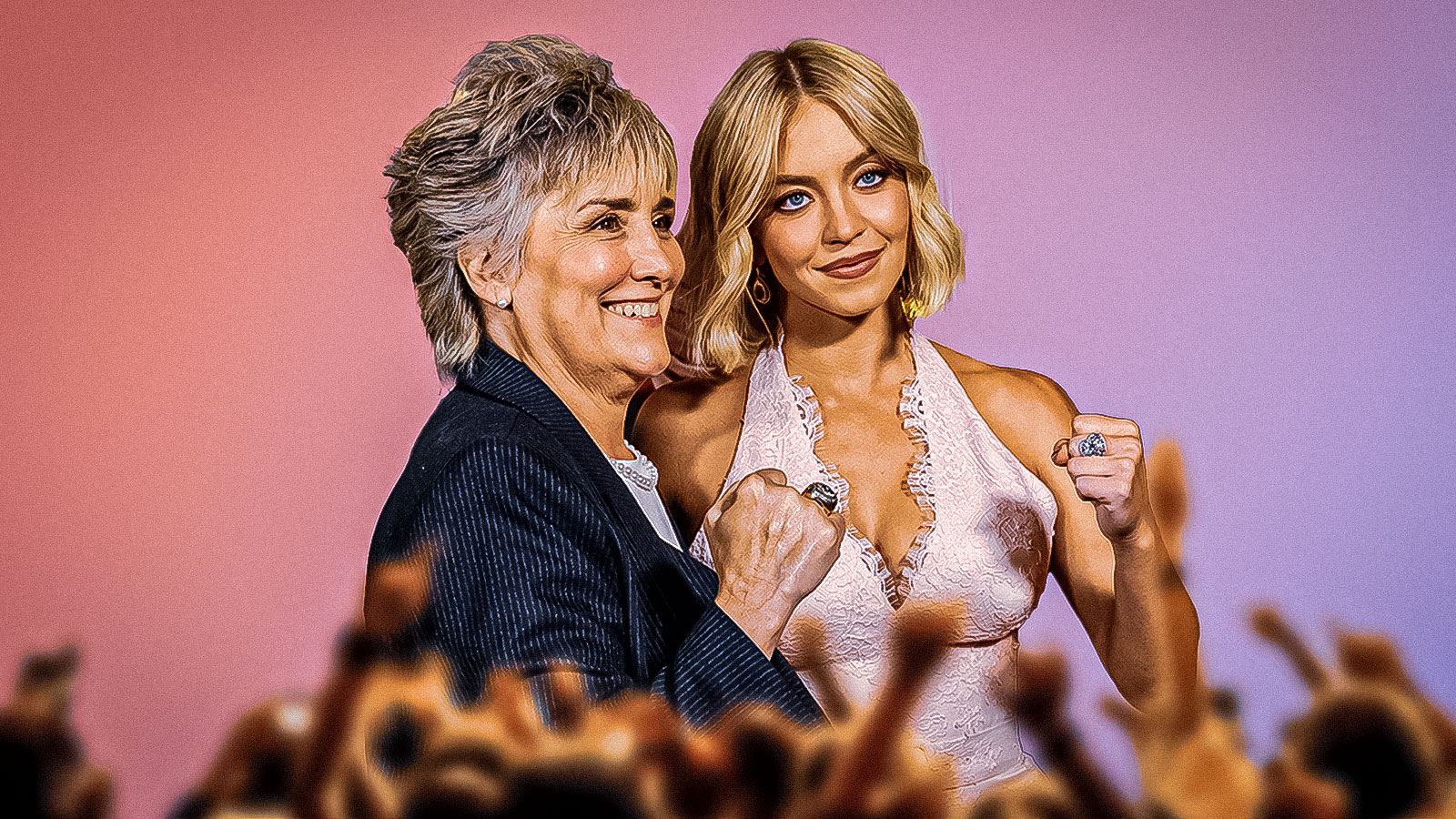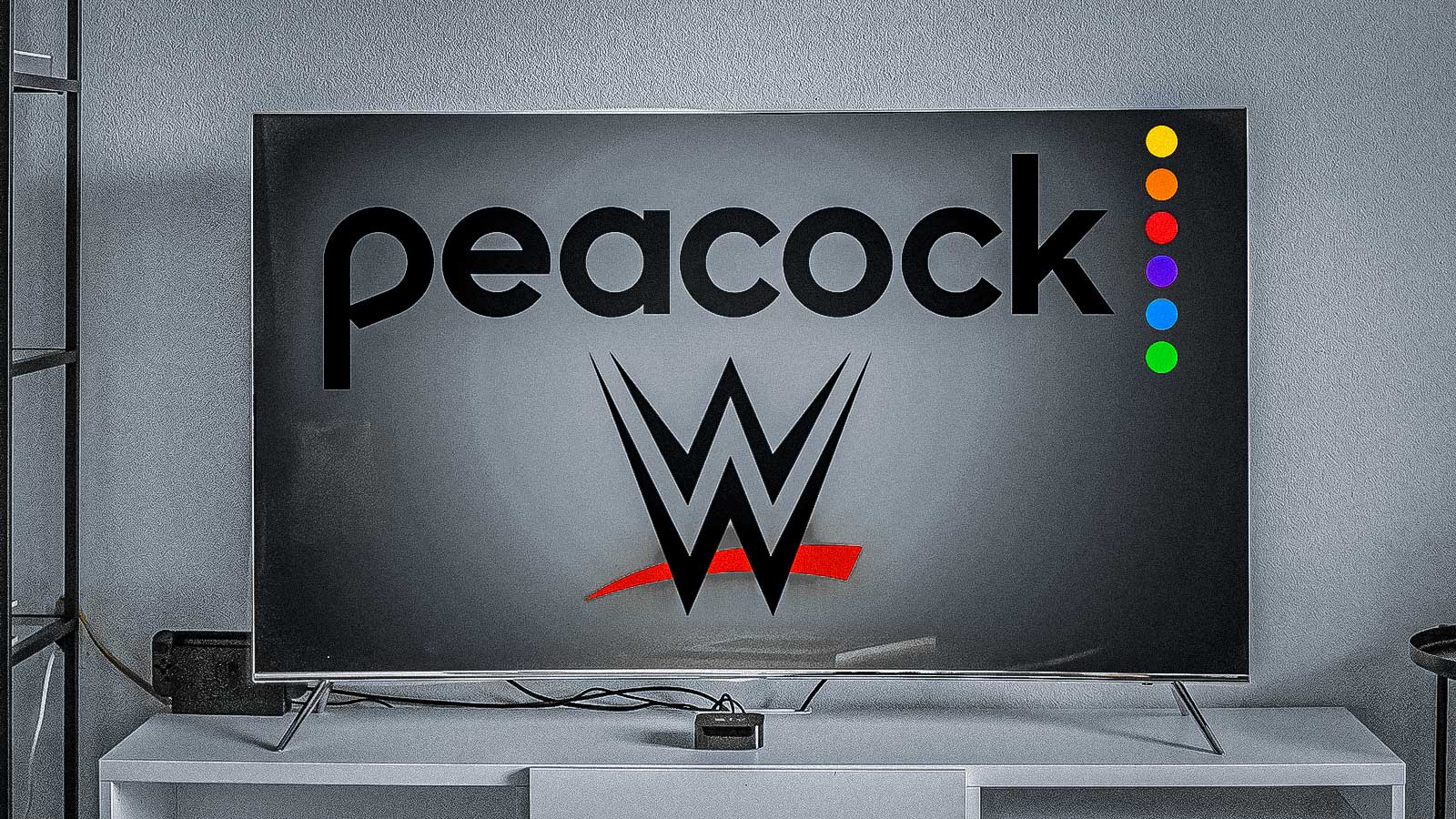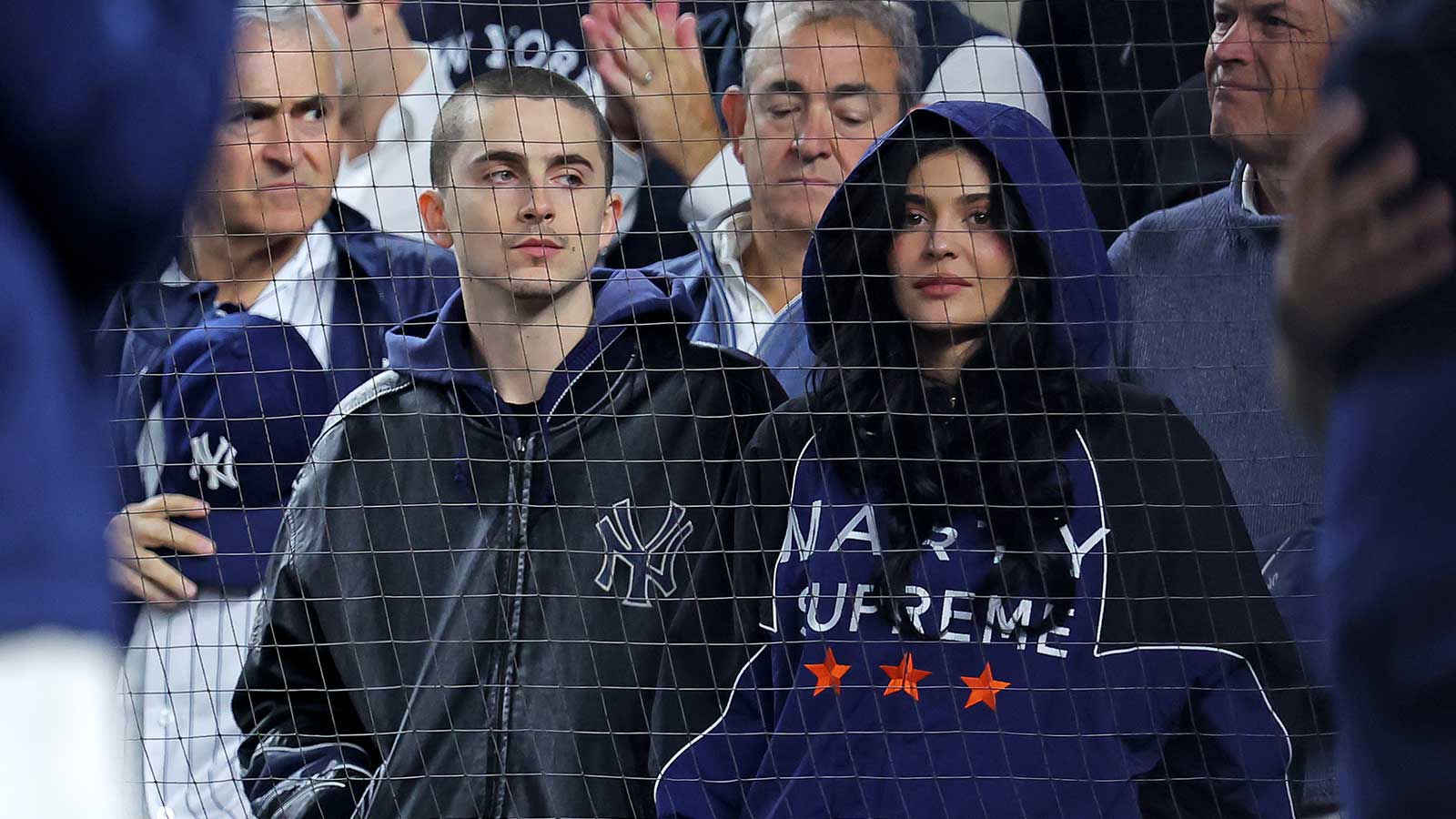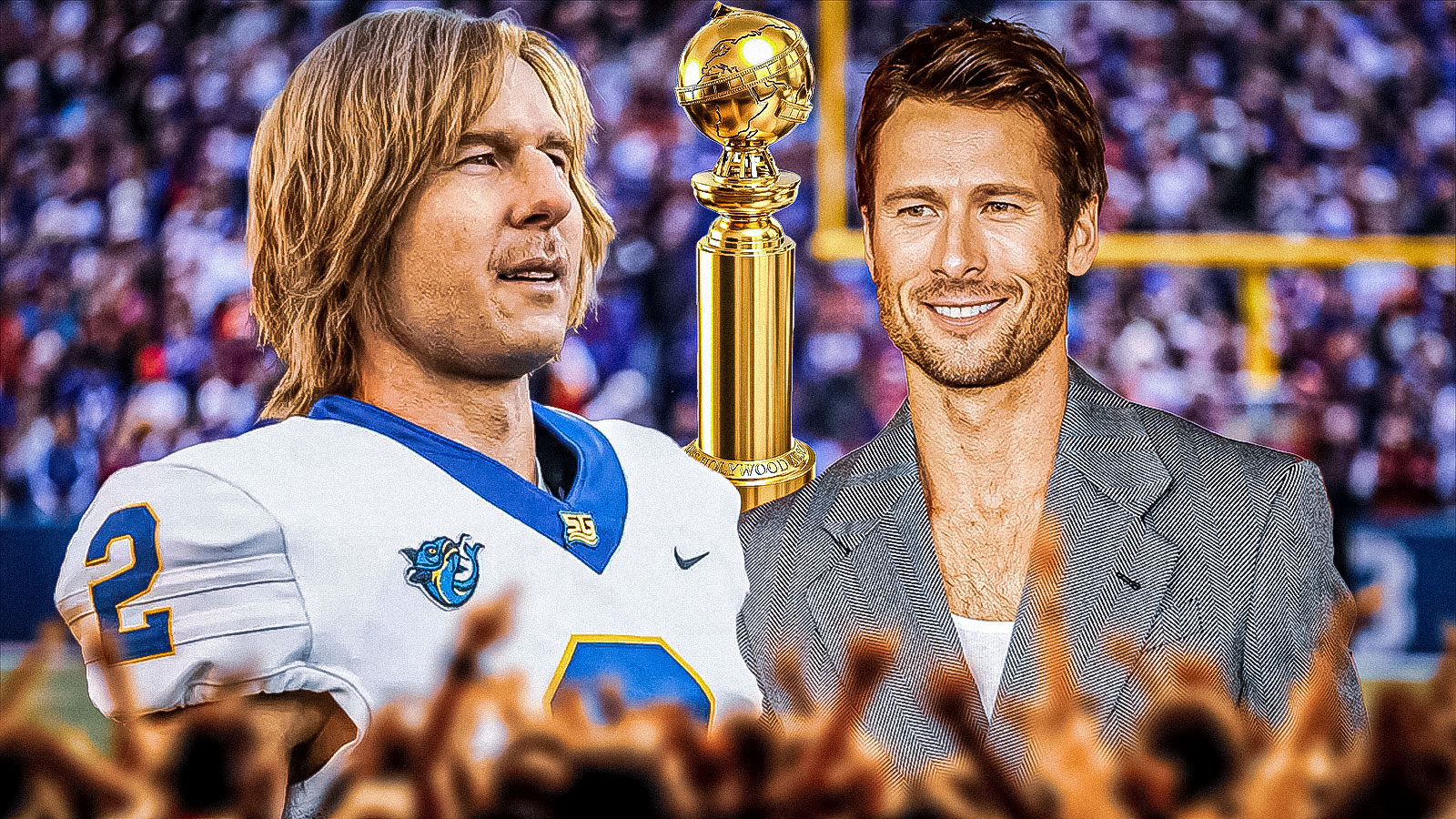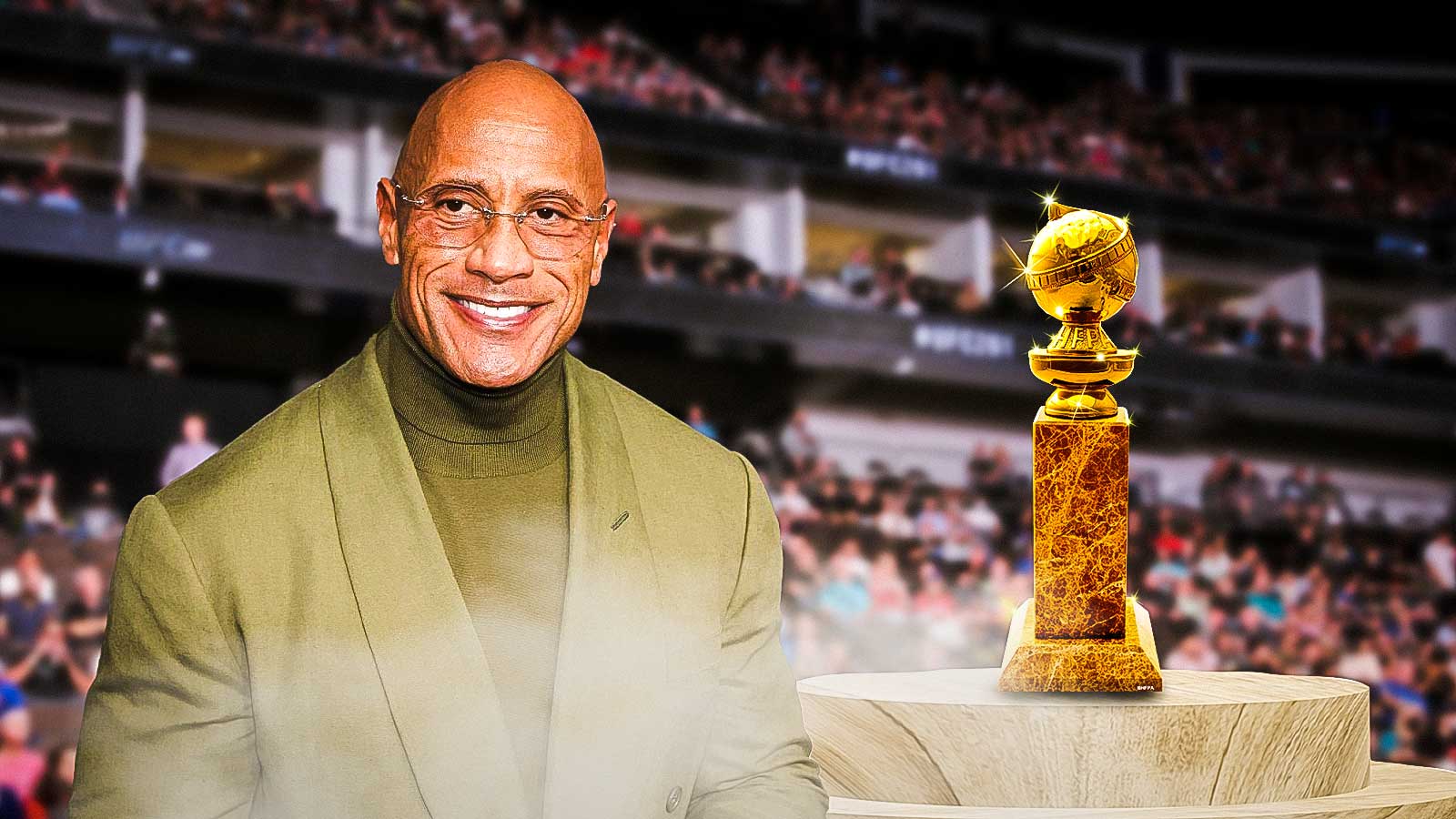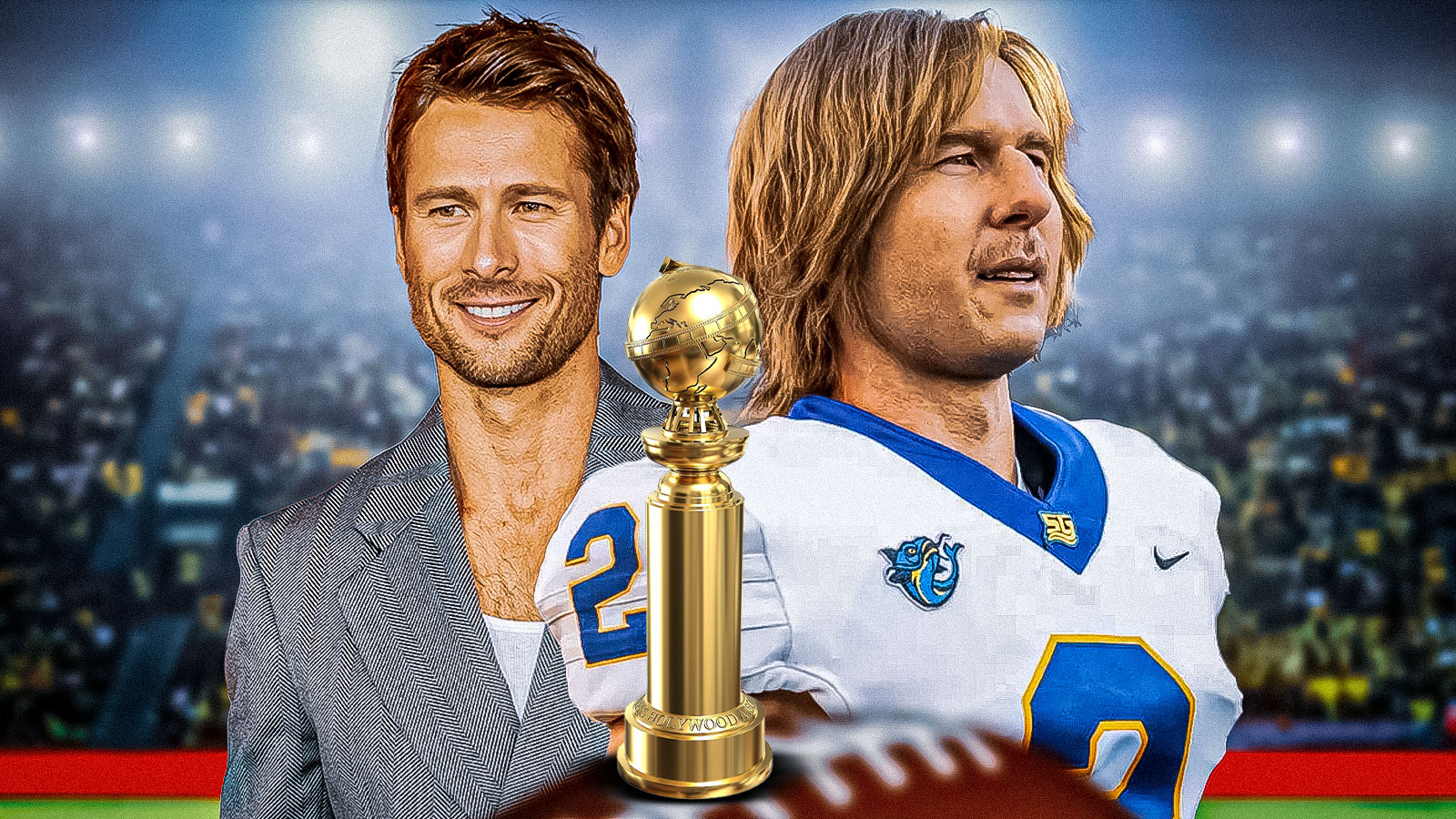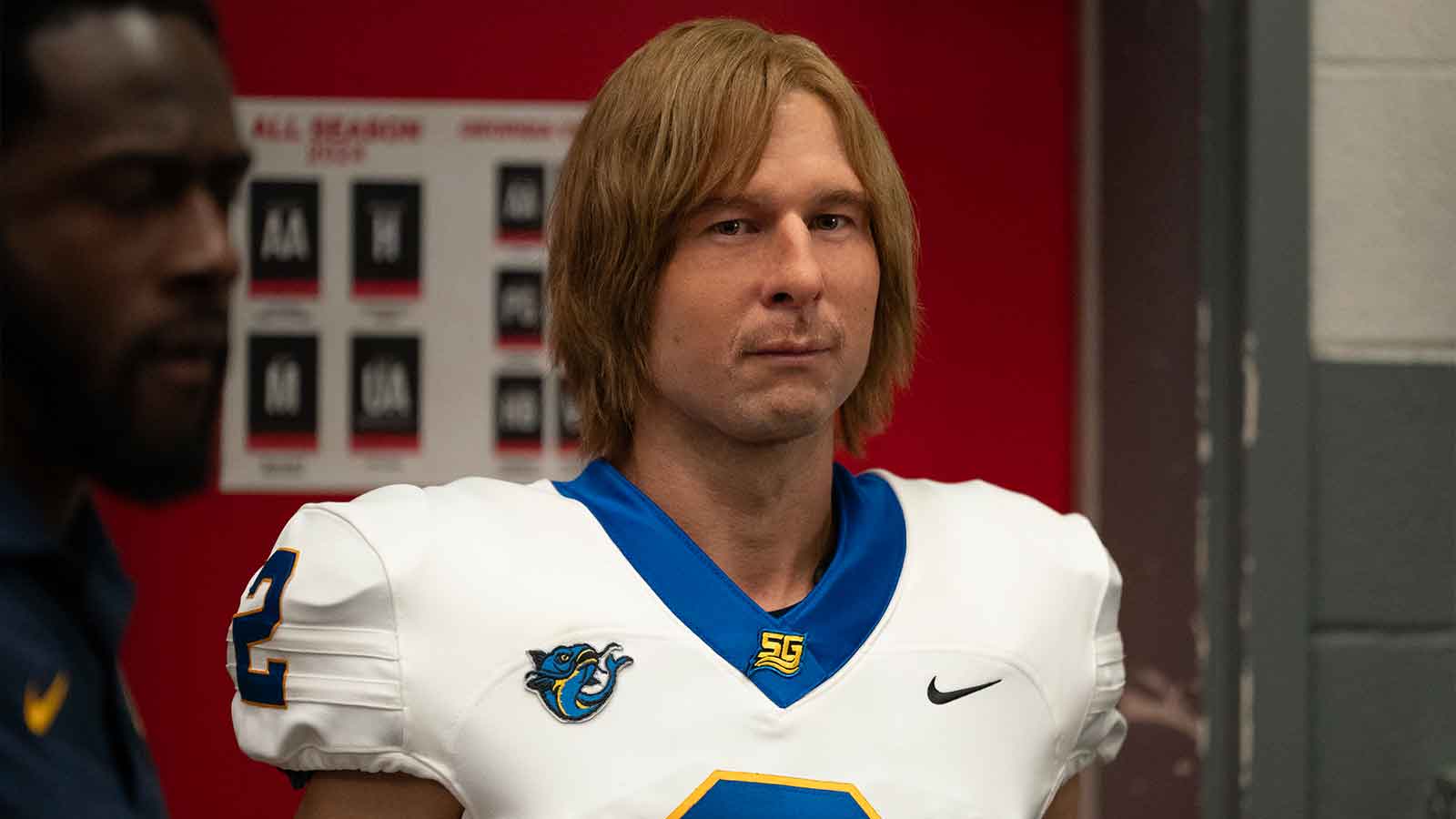Before a movie hits theaters, studios invest significant sums — sometimes millions of dollars — in promoting the finished product. From teasers and trailers to billboards and social media campaigns, studios employ various tactics to attract audiences to cinemas. However, in a saturated market with numerous releases each year, standing out requires more than traditional advertising. Enter viral marketing.
Viral marketing leverages audience-generated buzz to spread a movie's message. The more people talking about a film, the greater the likelihood others will be drawn to it. Whether driven by genuine curiosity or fear of missing out, heightened buzz often translates into increased ticket sales. Here's a look at some of the most ingenious viral movie marketing campaigns to date:
Paranormal Activity
Horror movies and innovative marketing go hand in hand, exemplified by “Paranormal Activity.” Released in 2007, the film capitalized on found footage, a genre that had become somewhat stale. Rather than focusing on the plot, marketers showcased audience reactions from test screenings, capturing genuine fear and shock. This approach generated significant buzz on a modest budget, spawning a successful franchise.
Black Panther
Marvel Studios' “Black Panther” defied expectations, becoming a cultural phenomenon and grossing over $1.3 billion worldwide. Recognizing the significance of its first African-American superhero, the film's marketing targeted diverse demographics. Promotional efforts included airing TV spots during programs with high African-American viewership, such as the NBA Finals. By embracing black culture and representation, “Black Panther” resonated deeply with audiences.
Cloverfield
“Cloverfield” revolutionized movie marketing with its enigmatic trailers and online ARG (Alternate Reality Game). The teasers provided glimpses of chaotic scenes without revealing the title, sparking speculation and anticipation. Producer J.J. Abrams and his team orchestrated a digital scavenger hunt, engaging fans in unraveling the film's mysteries. This innovative approach created a viral sensation, culminating in a successful theatrical release.
Smile
Paramount Pictures' “Smile” set a new standard for immersive and unsettling movie marketing campaigns. The strategy ingeniously blurred the lines between fiction and reality, leaving audiences on edge long before the film's release. At the heart of the campaign were actors strategically placed at live sporting events, including MLB and NFL games. These actors, embodying characters from the film, seamlessly integrated into the crowd, their eerie presence catching unsuspecting spectators off guard.
What set “Smile” apart was its organic approach to engagement. Rather than relying solely on traditional advertising channels, the campaign leveraged real-world interactions to generate buzz. Spectators, accustomed to the usual sights and sounds of sporting events, found themselves thrust into a surreal experience as characters from the film lurked nearby. This unexpected encounter left a lasting impression, sparking conversations both online and offline.
Here’s some fun, clever movie promo – Paramount seemingly placed #Smile actors in the crowd at both the Yankees and Mets games last night, both in view of cameras. The results were indeed creepy. Going to a game this weekend? Watch out for the smiles! 😃 pic.twitter.com/aC3sqZjWvI
— Erik Davis (@ErikDavis) September 24, 2022
The brilliance of the campaign lay in its simplicity and authenticity. By blending seamlessly into the fabric of everyday life, “Smile” created a sense of unease that lingered long after the event. Social media platforms buzzed with reports of sightings, further amplifying the film's reach and impact. Paramount's innovative approach to marketing not only captured audiences' attention but also tapped into the primal fear of the unknown, making “Smile” one of the most talked-about films of the year.
The Strangers: Chapter 1
Lionsgate's “The Strangers: Chapter 1” took horror movie promotion to new heights by leveraging Ring Doorbell footage. The film's antagonists, known as Pinup Girl, Dollface, and the Man in the Mask, made unannounced appearances across the United States, instilling fear and intrigue. Alleged sightings and social media updates intensified anticipation, fostering a sense of real-life horror.
The Strangers have been spotted on house cameras across the country. pic.twitter.com/n7aAPxUXHx
— DiscussingFilm (@DiscussingFilm) May 4, 2024
The Dark Knight
“The Dark Knight” elevated online movie marketing with an immersive ARG orchestrated by the Joker. Fans participated in online puzzles, real-world scavenger hunts, and interactive experiences, blurring the lines between fiction and reality. The campaign culminated in fan meetups and iconic Bat Signal projections, engaging audiences in unprecedented ways.
Blair Witch Project
“Blair Witch Project” pioneered viral marketing with its innovative use of the internet. With a modest budget and unknown actors, the film crafted a veneer of authenticity through fake newsreels and police reports on its website. The marketing campaign blurred the lines between reality and fiction, setting a precedent for future online promotions.
In an industry inundated with promotional noise, these viral movie marketing campaigns cut through the clutter, captivating audiences and driving box office success. By harnessing the power of social media, immersive experiences, and unconventional tactics, these campaigns left a lasting impact on moviegoers and industry professionals alike.

